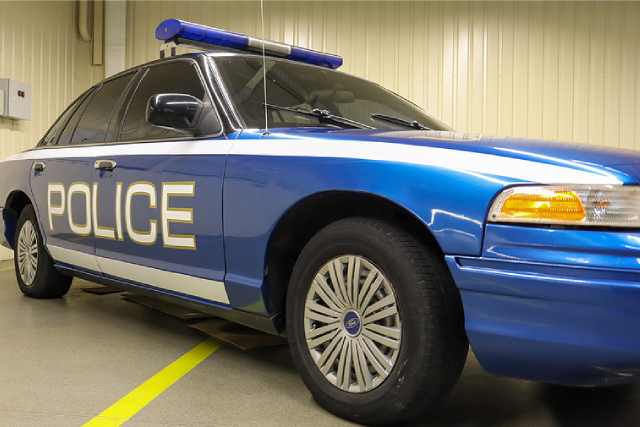How RFID Technology Can Be Used for Emergency Vehicles

The applications of radio frequency identification, or RFID, have grown tremendously in various industries— from healthcare, pharmaceuticals, transportation, retail, logistics, and defence. It is also a rising technology in crisis vehicles, like fire trucks, police squad cars, and patrol units. At the top of a whole spectrum of well-established uses, RFID asset tracking systems are making a real difference within public safety and security applications.
It is vital to have life-saving vehicles in their best condition at the right place and time. RFID enables organisations to check the inventory and status of all their equipment instantly. It increases efficiency by letting personnel focus on vital activities since RFID does the menial work of keeping track of a company’s assets. From being a manual, time consuming error-prone task, RFID technology has made it possible to track assets accurately and monitor their movement across vast geographic areas. This is made possible by a unique RFID tag loaded with product data.
Below are the many different ways RFID technology helps the emergency services.
Stock or asset tracking
RFID has the ability to trace and monitor not only the emergency vehicles, but also what is stored inside them. It makes it possible for teams to know the status, as to what is exactly in the vehicles before they are deployed, without the drudge work of manual inventory. After every emergency, they can monitor their stocks again by referring to the product data and replenishing the depleted assets accordingly.
Asset tracking is especially vital in crisis vehicles because these contain medical supplies. And like all stocks, medical supplies and equipment can get broken, missing, or expired— it’s also possible that some assets are at a surplus, which takes up precious space and funds. RFID applications spontaneously alert attendants when supplies are at a critically low level; RFID scanners save them time and energy because they can read the tags inside cases or containers without having them to be opened.
Vehicle availability and occupancy
Through automatic monitoring by RFID badges, employers can verify who left with each vehicle and identify who’s on fieldwork or in the office at a given point in time. Accordingly, they can confirm which vehicles are available and which are out on the line of duty, which saves time, streamlines and maximises task assignments.
This application can also track each vehicle’s usage to monitor wear and tear, thus avoiding potential costly future repairs. With the product data, they can perform calculations to assess what vehicles and brands that will work, that are most reliable, this enables them to save money in the long term by only spending their budget on equipment that are proven based on their usage frequency and function.
Conclusion
The brave men and women of the force rely on their service vehicles as they go about conducting their duties. They spend a large portion of their workday in these vehicles. In their profession, so much relies on logistics— how fast they respond to emergencies, how well-equipped they are, how efficient and well-organised to complete their work. So many of their concerns can be easily put to rest when they are equipped with efficient and trustworthy RFID technology.